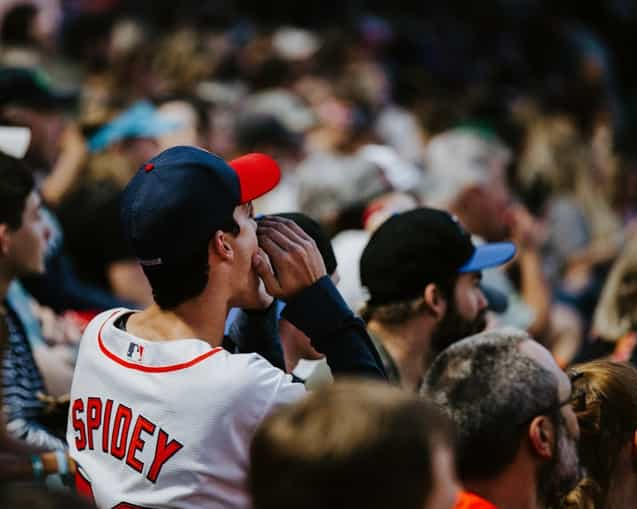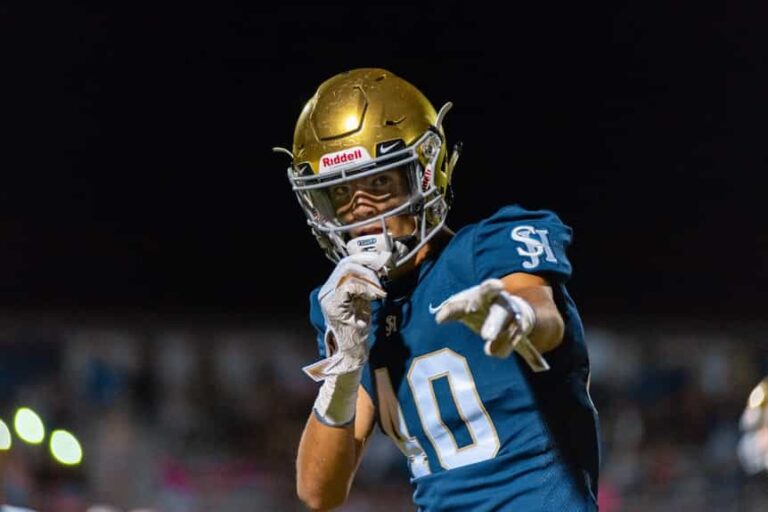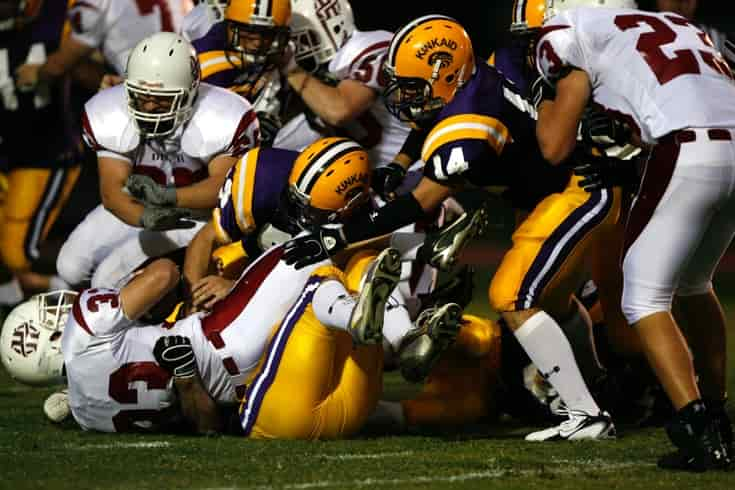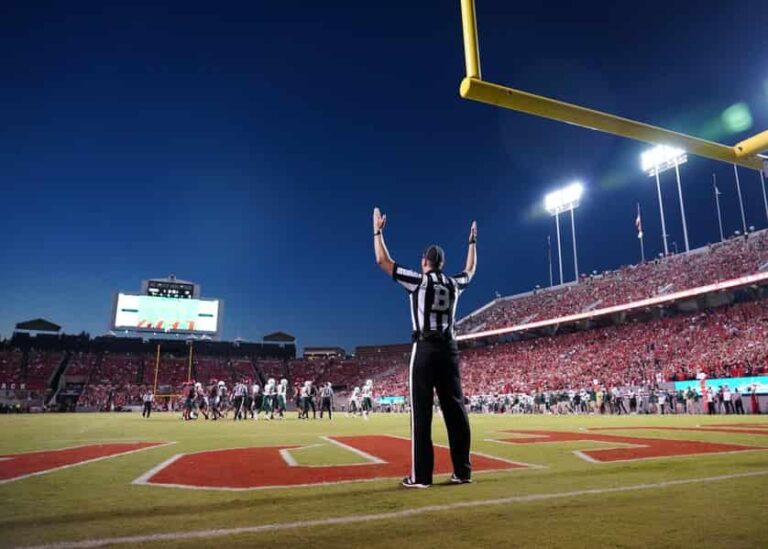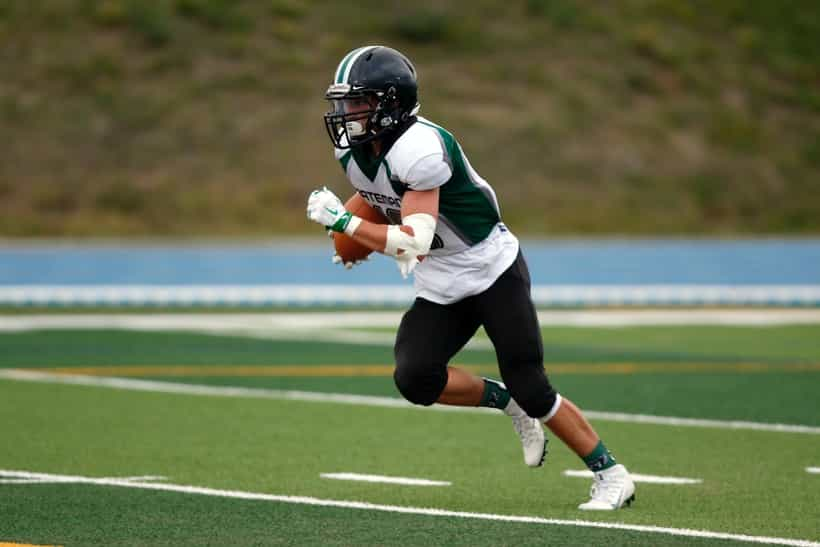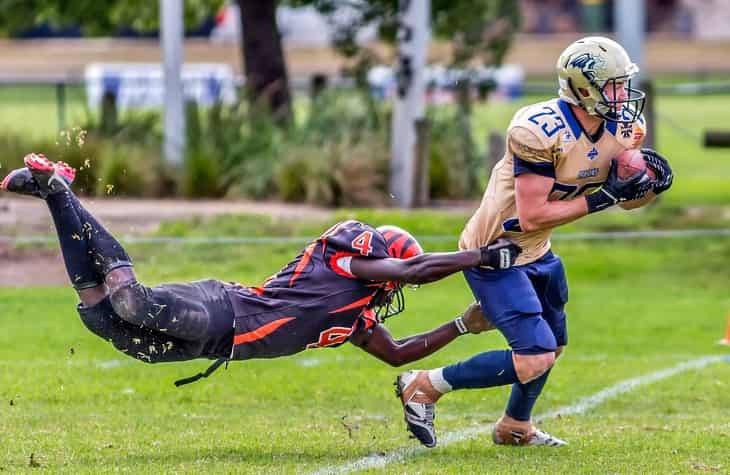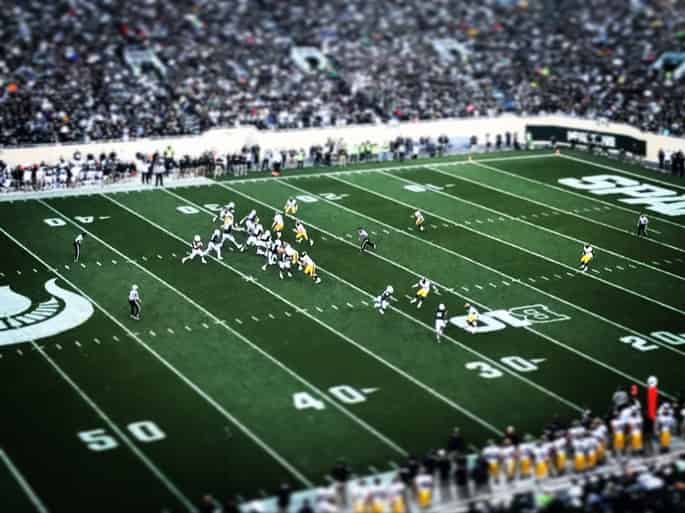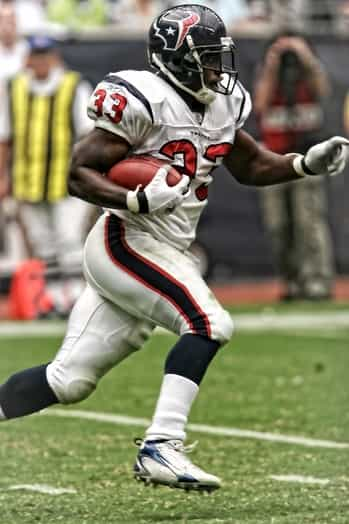There have been many great rivalries in Major League Baseball (MLB) over the years, some of which have spanned decades and even generations.
Here are some of the most notable ones:
- New York Yankees vs. Boston Red Sox: This is perhaps the most famous rivalry in all of sports. It dates back to the early 20th century and has been marked by some of the most memorable moments in baseball history, such as the “Curse of the Bambino” and the “Boston Massacre” of 1978.
- Los Angeles Dodgers vs. San Francisco Giants: This is another longstanding rivalry that dates back to the early 20th century. The rivalry has been marked by some of the most intense games in baseball history, and it is widely considered one of the most bitter rivalries in all of sports.
- Chicago Cubs vs. St. Louis Cardinals: This is one of the oldest rivalries in baseball, dating back to the late 19th century. The rivalry has been marked by some of the most memorable games in baseball history, including the “Bartman game” in 2003 and the “Steve Bartman incident” in 2003.
- New York Yankees vs. New York Mets: This is a relatively new rivalry compared to the others on this list, but it has quickly become one of the most intense rivalries in baseball. The rivalry is known as the “Subway Series” and is marked by intense games between the two teams.
- Cincinnati Reds vs. St. Louis Cardinals: This is another longstanding rivalry that dates back to the early 20th century. The rivalry has been marked by some of the most intense games in baseball history, including the “Big Red Machine” of the 1970s.
If You Have It, You Can Make Anything Look Good
Overall, these are some of the greatest rivalries in MLB history, but there are many others that could be included on this list as well. Each of these rivalries has its own unique history and traditions, and they continue to be some of the most intense and exciting games in baseball today.






